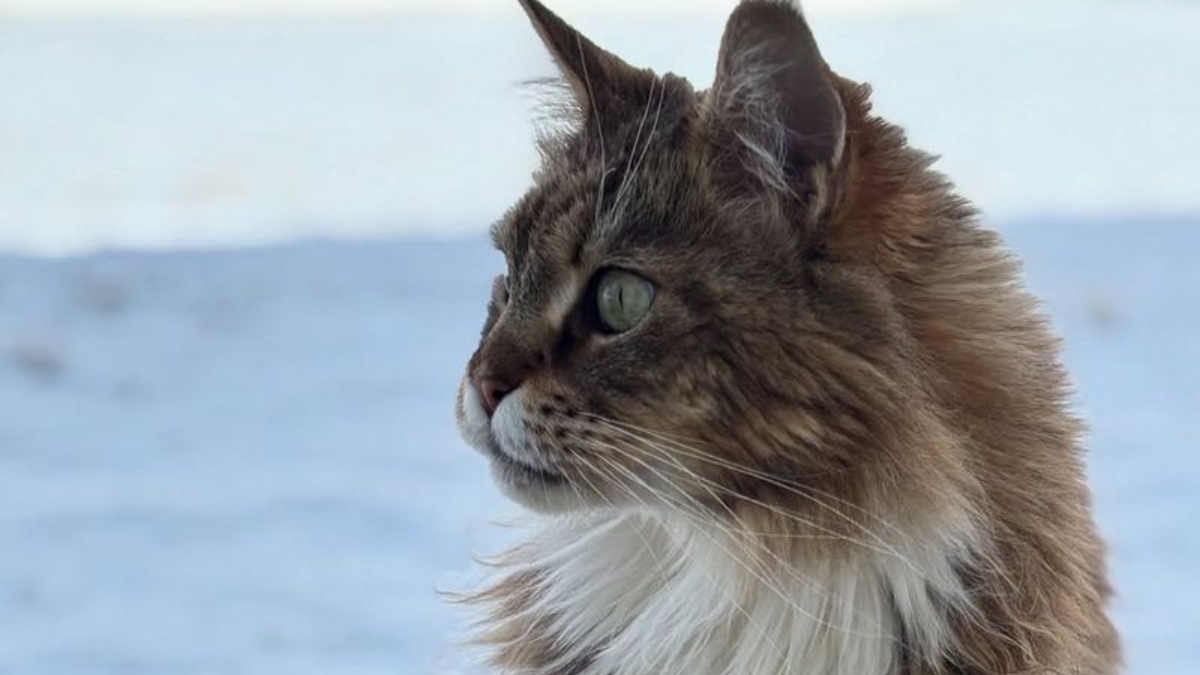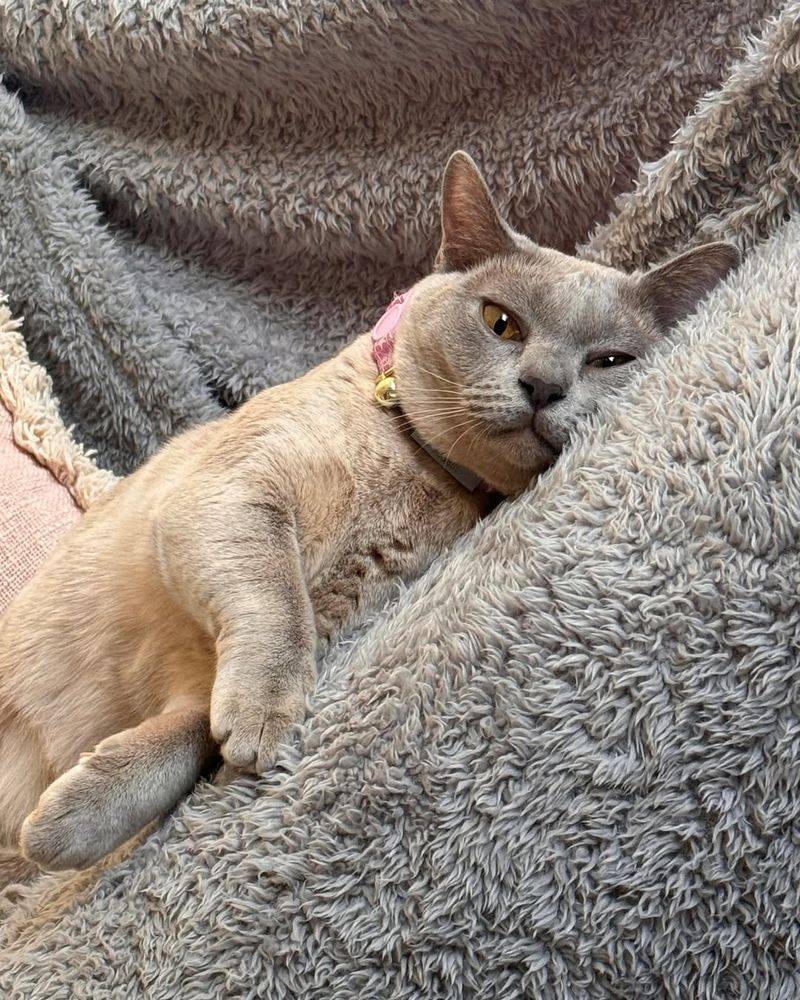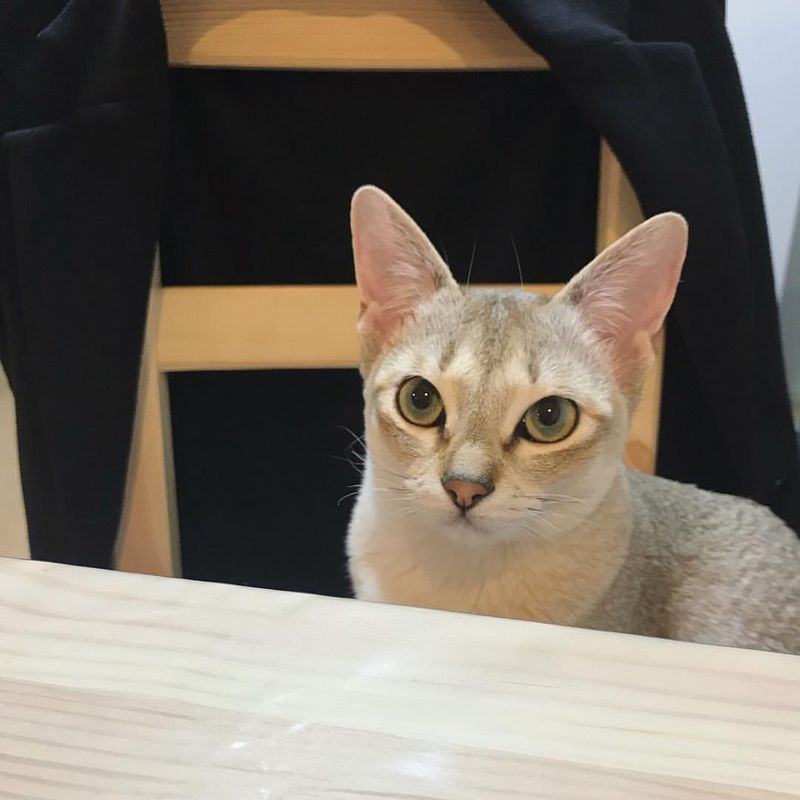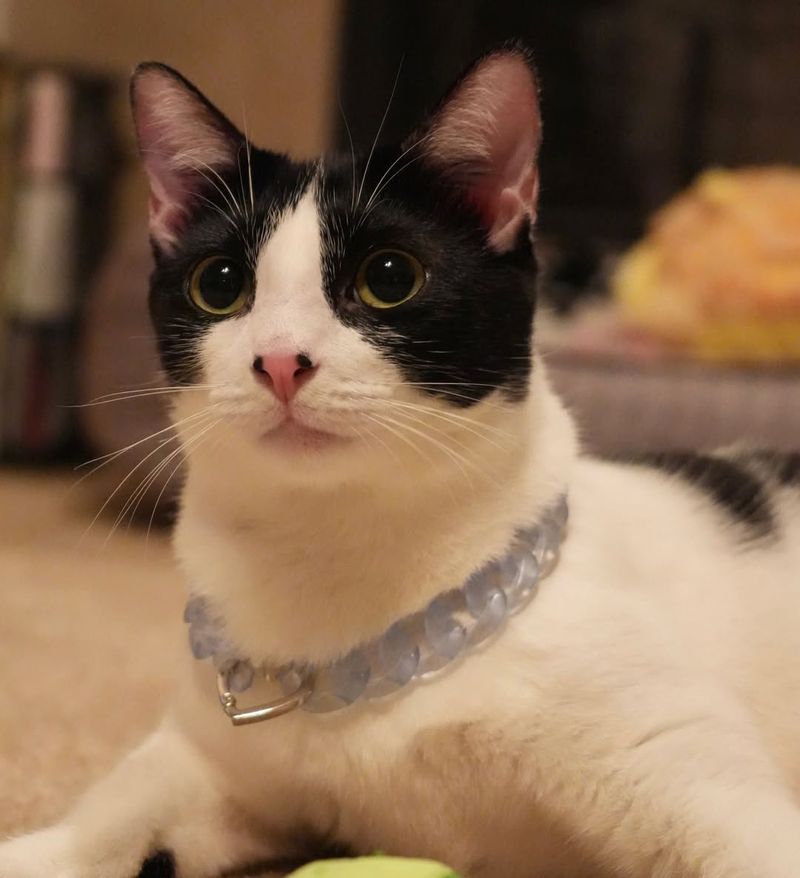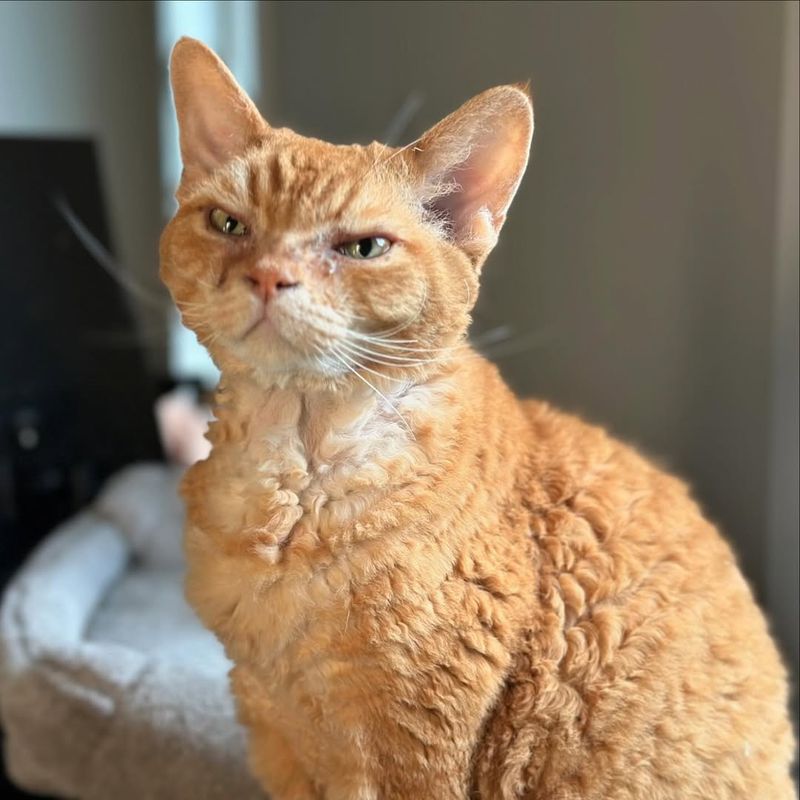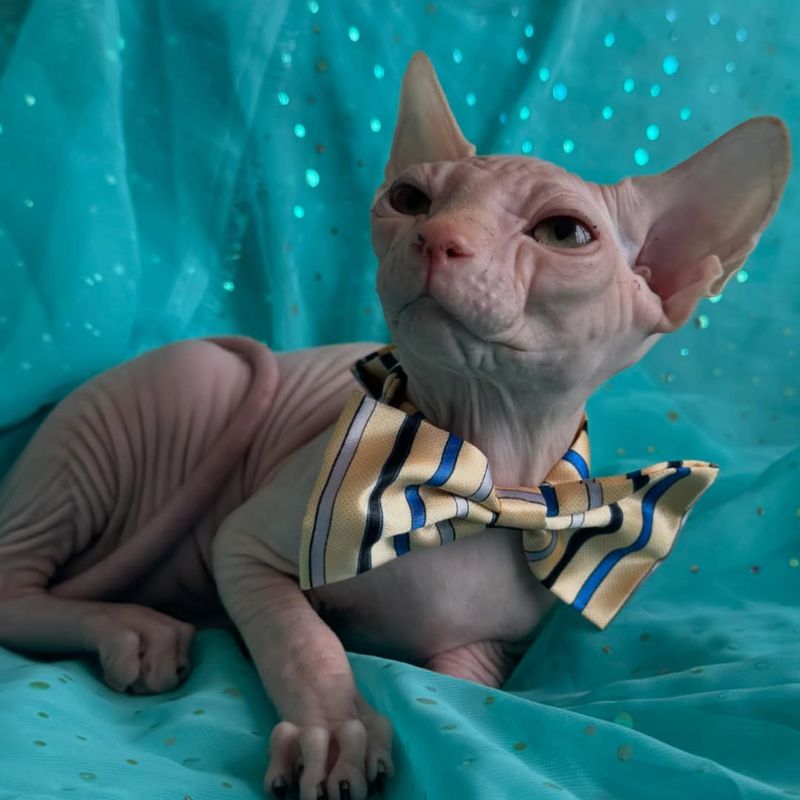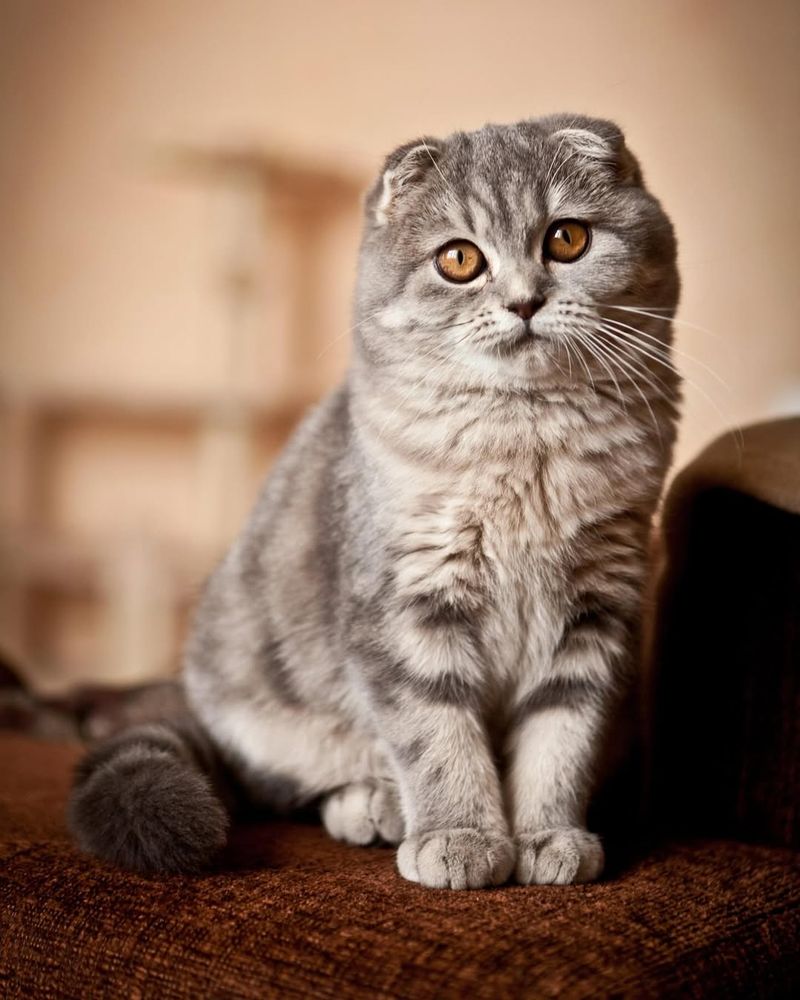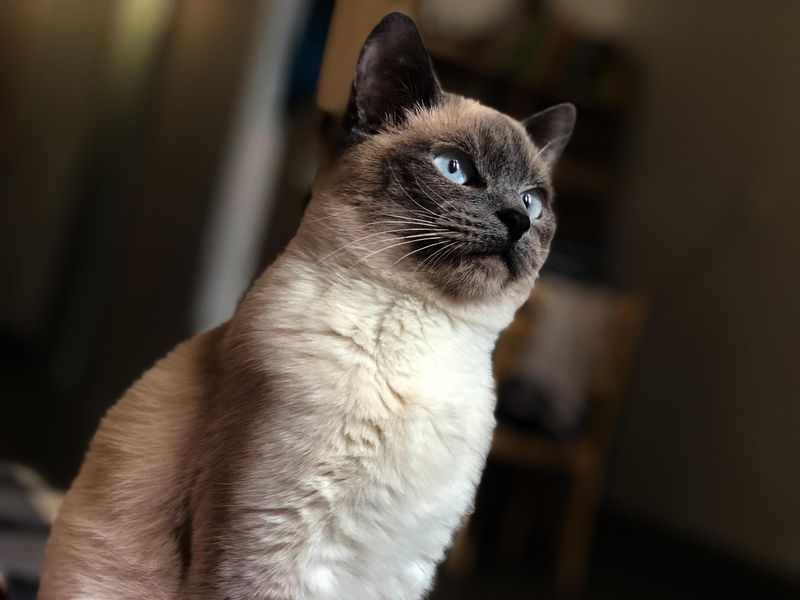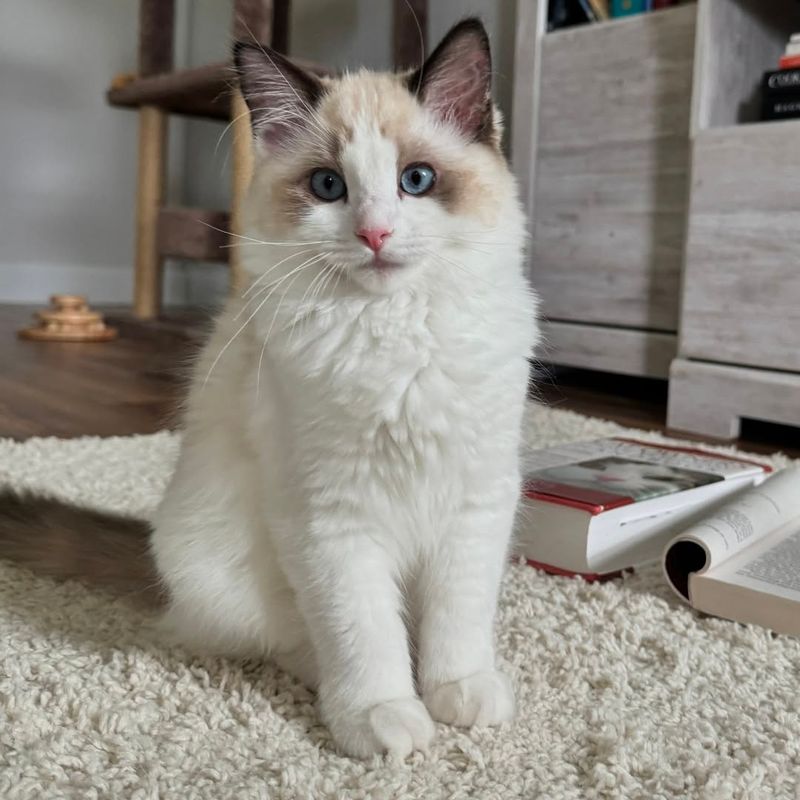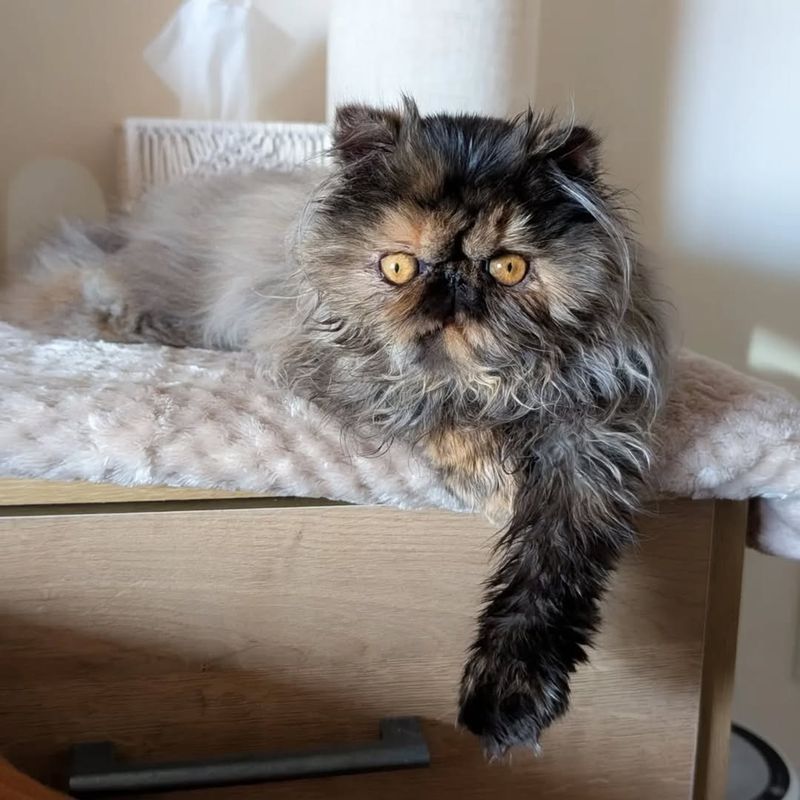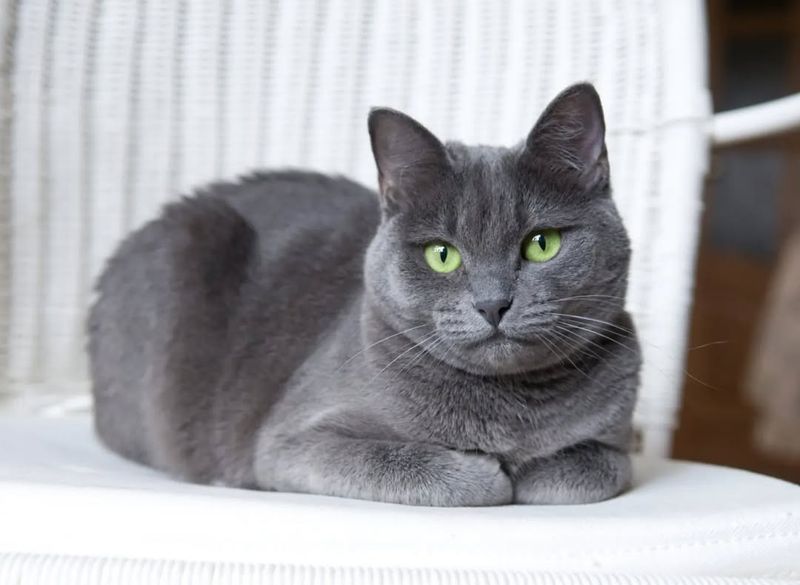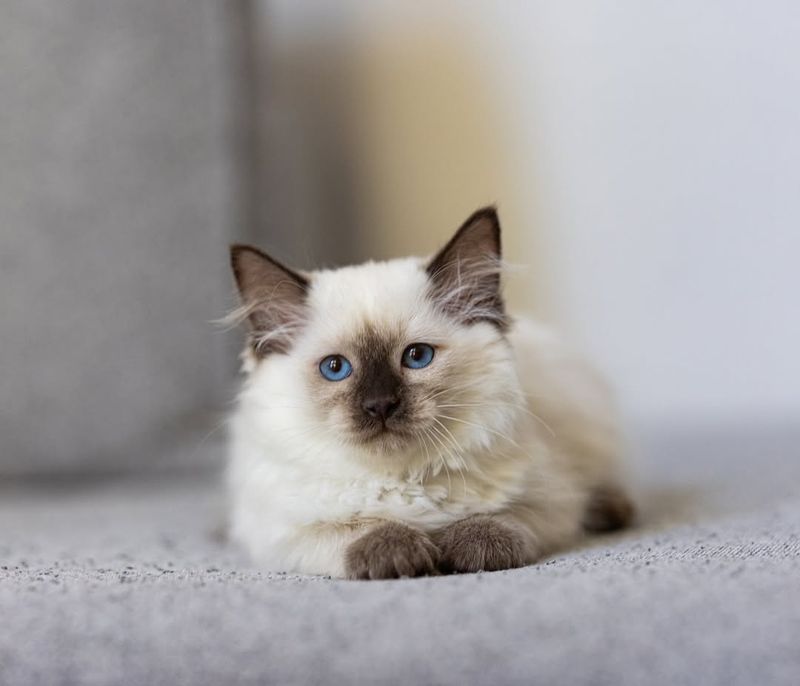📖 Table of Content:
When it comes to our feline companions, we often imagine a lifetime filled with joy, companionship, and endless purring. But just as each cat has its unique personality, their lifespan can vary significantly depending on breed, genetics, and overall health. Some cats may only grace us with their presence for a few short years, while others may stay by our side for decades.
Understanding the factors that influence a cat’s lifespan can be eye-opening, especially when comparing breeds that have vastly different life expectancies. It’s not always about genetics alone; lifestyle, care, and even luck play crucial roles in how long our furry friends are with us. As much as we wish we could control it, life expectancy remains one of the more unpredictable aspects of cat ownership.
Whether you’re welcoming a new feline friend into your home or simply curious about their longevity, it’s worth considering how different breeds stack up in terms of lifespan. Some cats are born to live fast and live young, while others have a reputation for growing old gracefully. The journey of these two groups is equally fascinating and full of surprises!
1. Burmese
Known for their sleek, glossy coats and striking eyes, Burmese cats are loving and playful companions. Unfortunately, they are predisposed to certain genetic diseases that can affect their lifespan. They are prone to diabetes and cranial deformities, which can lead to health complications. Burmese cats generally live around 10 to 12 years, which is slightly shorter than the average domestic cat lifespan.
However, with regular vet check-ups and a balanced diet, they can lead a healthy life. Despite their shorter lifespan, they provide warmth and affection that many cat lovers deeply cherish.
2. Singapura
One of the smallest cat breeds, the Singapura is known for its large eyes and ears, and lively personality. Often living between 9 to 15 years, they sometimes face health challenges such as kidney disease and dental issues. These health problems can affect their longevity, making them one of the shorter-lived breeds.
Despite these challenges, Singapura cats are vivacious and energetic, often surprising their owners with their zest for life. They thrive on attention and make wonderful companions, especially in households that can provide them with interactive play.
3. Manx
Manx cats are famous for their lack of a tail, a feature that gives them a unique appearance. Originating from the Isle of Man, these cats often face health issues due to their genetic mutation, such as spinal problems known as Manx Syndrome. Their lifespan typically ranges from 8 to 14 years.
Manx Syndrome can lead to serious health concerns affecting mobility and digestion. Nevertheless, Manx cats are affectionate and intelligent, often forming strong bonds with their human families. They enjoy a mix of outdoor and indoor environments, which contributes to their mental stimulation.
4. Devon Rex
With their curly coat and bat-shaped ears, the Devon Rex is a striking and playful breed. Unfortunately, they are susceptible to genetic conditions such as heart disease and hip dysplasia, which may shorten their lifespan. They typically live from 9 to 14 years.
Their unique appearance and engaging personality make them popular among cat enthusiasts. Devon Rex cats require regular vet visits to monitor their health. They thrive in interactive environments, providing endless entertainment with their playful antics and affection toward their families.
5. Sphynx
Recognized for its lack of fur and distinct wrinkled appearance, Tthe Sphynx cat has a captivating charm. While generally healthy, they are susceptible to heart disease and skin conditions, which can impact their lifespan, typically ranging from 8 to 14 years. They require regular skin care routines to prevent skin issues and keep them comfortable.
Sphynx cats are known for their affectionate nature and desire for human attention, making them wonderful companions. They enjoy warm environments and being the center of attention, offering their owners a unique and loving pet experience.
6. Scottish Fold
Scottish Fold cats are easily recognizable by their distinct folded ears, resulting from a genetic mutation. While adorably unique, this mutation can also lead to joint issues and arthritis, affecting their quality of life and lifespan, usually ranging from 11 to 15 years. They require careful attention to their diet and exercise to maintain their joint health.
These cats are known for their loving nature and enjoy being around people. Providing them with a comfortable and stimulating home environment can help manage health concerns and ensure their happiness and well-being.
7. Siamese
And now we’re on to the longest-living cats, starting with the Siamese, that are famed for their striking looks and vocal personalities. Known for living up to two decades, they often captivate their owners with their intelligence and sociability. Siamese cats thrive in environments where they receive ample attention and mental stimulation.
Regular interactive play keeps them happy and healthy. Their sleek, short coats require minimal grooming, making them an easy-going choice for busy families. Siamese cats form strong bonds with their human companions, often following them around the house. Their affectionate nature and enduring health make them a delightful addition to any household.
8. Ragdoll
Ragdolls are gentle giants, known for their docile nature and striking appearance. These cats often live into their late teens, enjoying long, pampered lives. Ragdolls are affectionate and often seek out human companionship, making them ideal for families.
Their semi-long fur requires regular grooming to prevent matting, and they enjoy the occasional brushing session. Ragdolls are known for their relaxed temperament, often going limp when held, hence the name. They adapt well to indoor living and are generally good with children and other pets, providing a loving, calm presence in the home.
9. Maine Coon
As one of the largest domesticated cat breeds, Maine Coons are known for their affectionate temperament and cleverness. These hardy cats can live well into their late teens, and their distinctive look features tufted ears and a thick, lush coat.
They require regular grooming to maintain their coat in prime condition. Their playful and sociable nature means they enjoy interactive play and thrive in environments that offer stimulation. Maine Coons are known for their gentle and affectionate demeanor, making them a favorite among families seeking a loyal feline friend.
10. Persian
Elegant and long-lived, Persian cats often reach their late teens, becoming treasured members of the family. Their serene, laid-back personalities make them excellent indoor companions, and they bring lasting joy to their households.
Their long, flowing coats require meticulous grooming to prevent tangles and mats, making regular brushing a necessity. Persians thrive in serene environments where they can relax and receive gentle attention. Despite their quiet demeanor, they form strong bonds with their owners, offering companionship and beauty in equal measure.
11. Russian Blue
Russian Blue cats are celebrated for their striking appearance and longevity, often living into their late teens. Their plush double coat is a signature feature, requiring minimal grooming to maintain its sheen.
These cats are known for their reserved and gentle nature, making them excellent companions for quieter households. Russian Blues are intelligent and enjoy puzzle toys and interactive play to keep their minds sharp. They form close bonds with their families while maintaining a dignified independence. Their health and grace make them a treasured addition to any home.
12. Balinese
Known for their grace and lively nature, Balinese cats typically live well into their late teens. They are a long-haired counterpart to the Siamese, sharing the same charm and captivating personality.
Balinese thrive on attention and affection, often seeking out interaction with their human companions. Their silky coats require regular grooming to prevent tangles and matting. These cats are active and enjoy environments that offer stimulation and play. Their vibrant personalities and enduring health make them delightful companions for those who appreciate a lively and loving pet.
